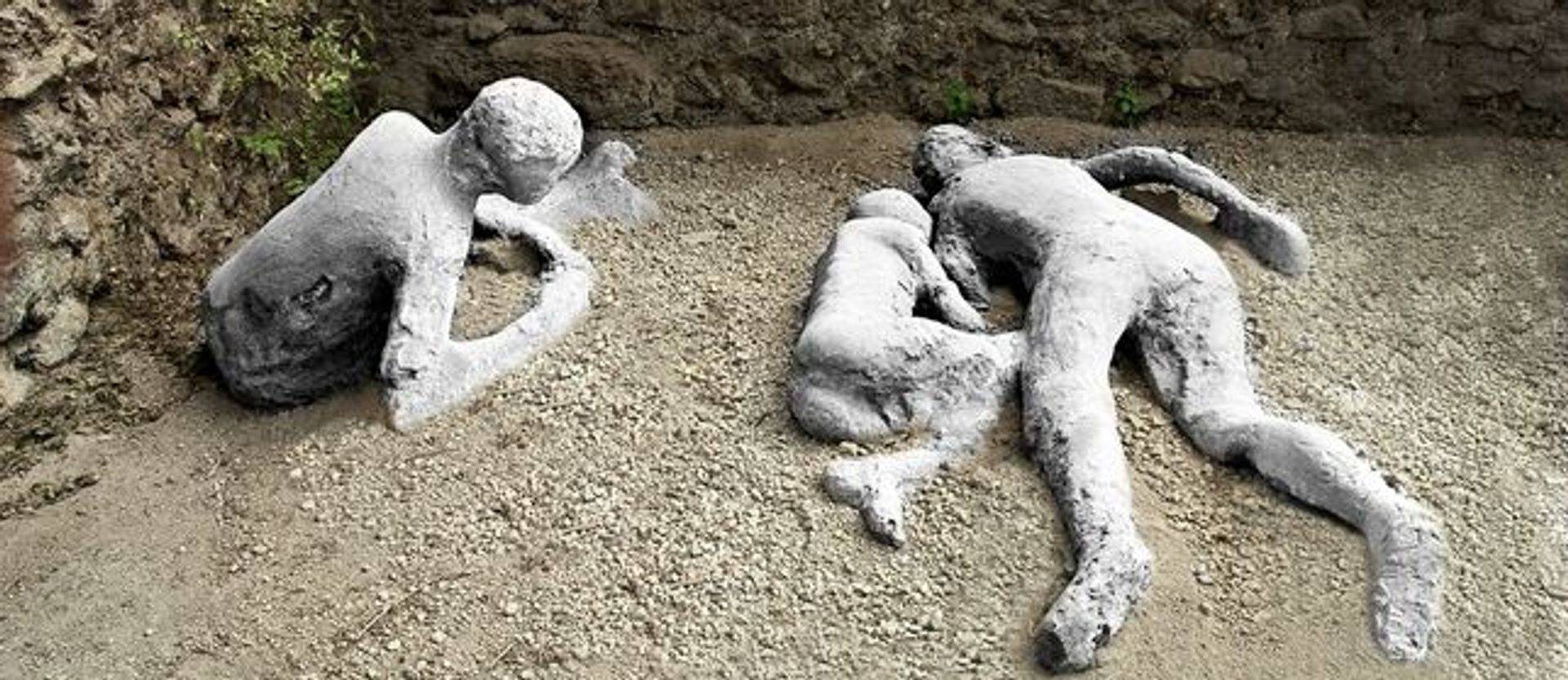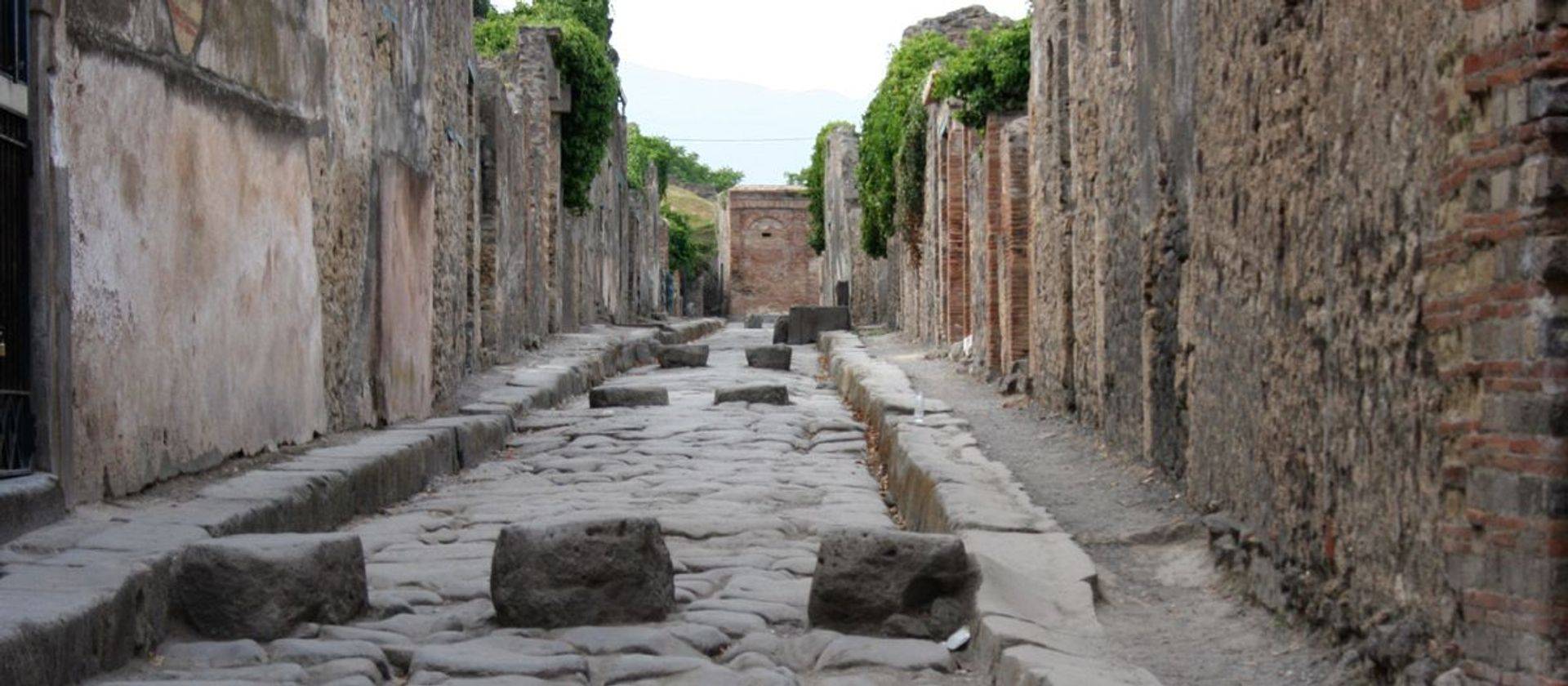 Tours in Rome by Cristina Giannicchi
Tours in Rome by Cristina Giannicchi
Pompeii, the buried City
Time: half-day (3 hours), full-day (starting from Rome, 8 hours).
Tickets: to buy on the spot, 15 €/person.
Other details: by train or by car.
You want to experience the lifestyle of the ancient Romans? Then you should definitely visit the archaeological site of Pompeii.
Pompeii is located on the Bay of Naples in southern Italy, in the region of Campania and the province of Napoli, about five miles from the Mt. Vesuvius. Pompeii was a flourishing resort for Rome’s most distinguished citizens. Elegant houses and elaborate villas lined the paved streets. Travelers, townspeople and slaves bustled in and out of small factories and artisans’ shops, taverns and cafes, brothels and bathhouses. People gathered in the 20,000-seat arena and lounged in the open-air squares and marketplaces. At its height, Pompeii had a population of nearly 20,000 people.
On August 24, 79 A.D. the city was buried by the eruption of nearby Mt. Vesuvius. The blast sent a plume of ashes, pumice, rocks, and scorching-hot volcanic gases so high into the sky that people could see it for hundreds of miles around. Most people fled the eruption at the start, but an estimated 2,000 people stayed behind and were buried in the eruption along with the city.
An ancient voice reaches out from the past to tell us of the disaster. This voice belongs to Pliny the Younger whose letters describe his experience during the eruption while he was staying in the home of his Uncle, Pliny the Elder. Pliny the Younger's letters were discovered in the 16th century.
Pompeii remained mostly untouched until 1748, when a group of explorers looking for ancient artifacts arrived in Campania and began to dig. They found that the ashes had acted as a marvelous preservative. Underneath all that dust, Pompeii was almost exactly as it had been 2,000 years before. Its buildings were intact. Skeletons were frozen right where they’d fallen. Everyday objects and household goods littered the streets. Later archaeologists even uncovered jars of preserved fruit and loaves of bread.






